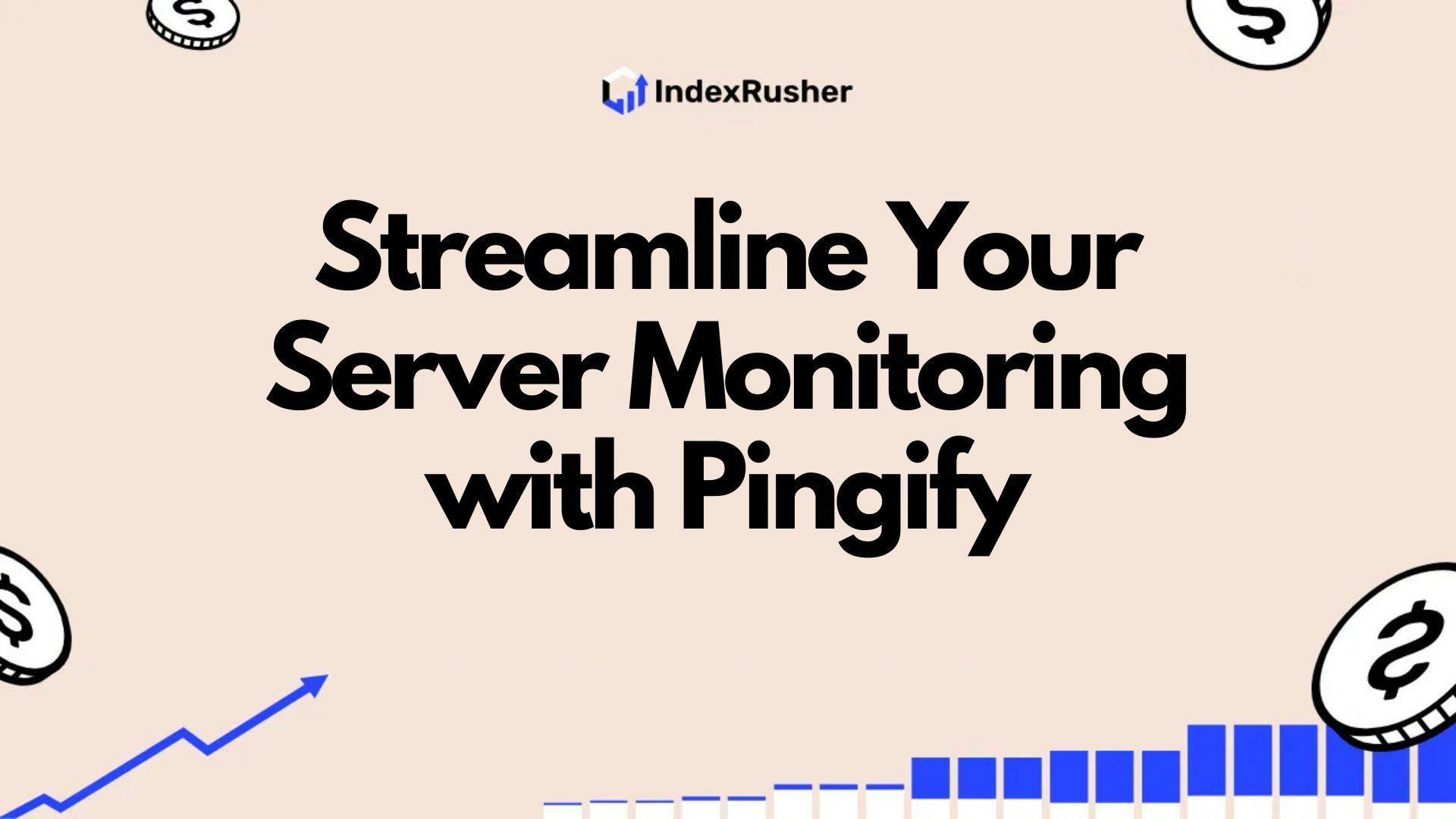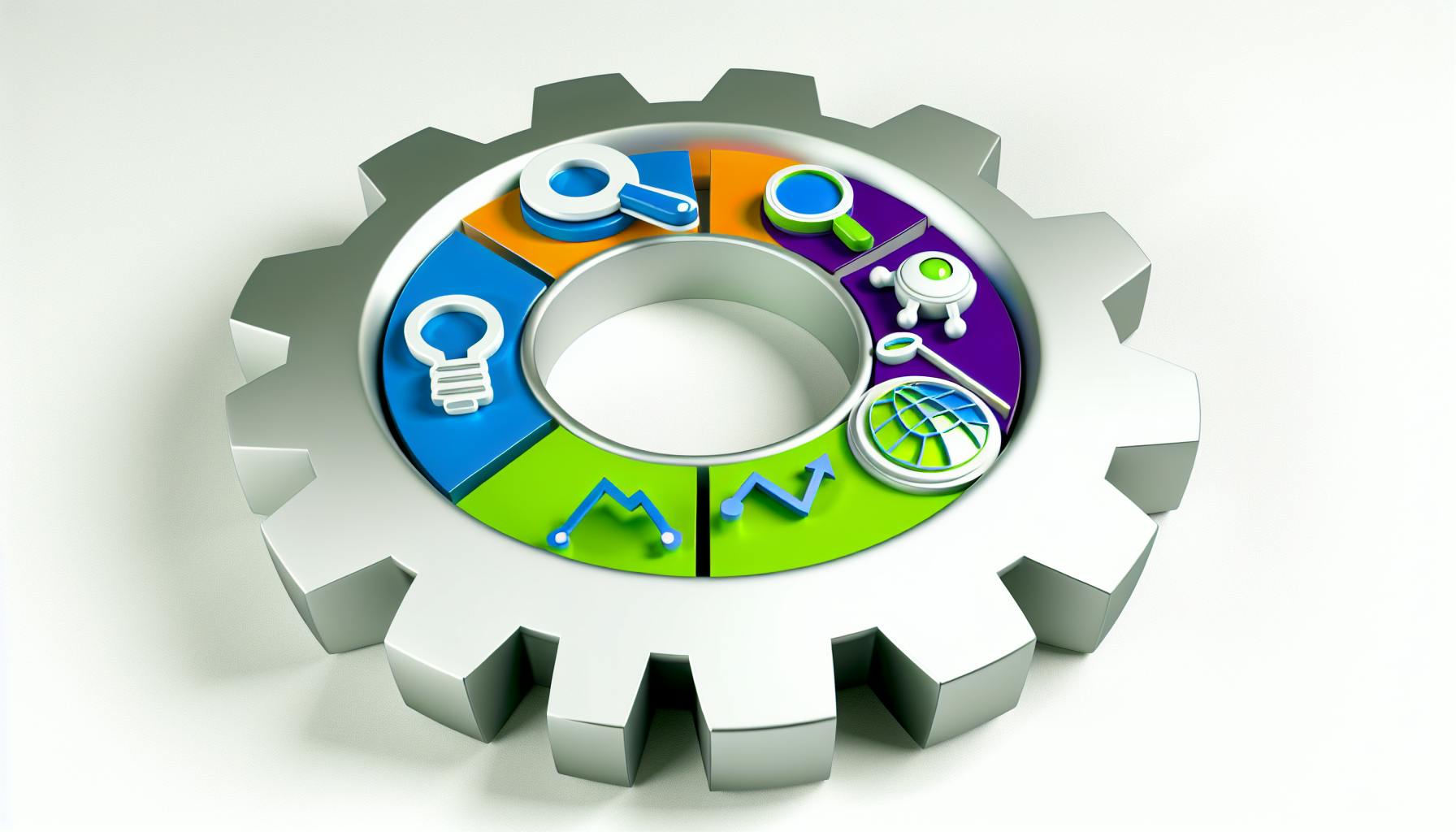Introduction
Optimizing websites for faster indexing on search engines like Google has traditionally required tedious manual effort. However, new AI for UI solutions are emerging as powerful tools that can dramatically simplify and accelerate the process for entrepreneurs and website owners. AI for UI leverages data and automation to generate optimized website UI/UX automatically, enabling rapid indexing even for non-technical users.
As digital marketing becomes more competitive, getting web pages indexed quickly can provide a vital edge. Manual optimization of UI/UX is incredibly time-consuming and difficult to scale as traffic grows. AI for UI eliminates these pain points through automated testing, adaptation, and continuous improvement over time. With AI for UI, websites can be optimized for key indexing factors like page speed, mobile-friendliness, intuitive navigation, and rich structured data.
The benefits of AI for UI for entrepreneurs and website owners include significantly faster time-to-market, greatly reduced development and maintenance costs, and the ability to optimize UI/UX at scale across platforms. Busy professionals can now leverage AI for UI to boost their visibility and simplify SEO without extensive technical skills or manual effort. By embracing these emerging technologies, online businesses can devote more energy towards their core offerings while AI handles the heavy lifting of UI optimization in the background.
Understanding How AI for UI Works
AI for UI refers to artificial intelligence technologies that can automate and optimize website user interfaces and user experiences. These tools leverage large datasets and complex algorithms to generate UIs aligned with SEO best practices and usability principles.
At a high level, AI for UI solutions continuously test and refine UI based on real visitor usage data and interaction patterns. As new insights emerge, the AI layer adapts and evolves the interface to boost conversions, engagement, and satisfaction. This means sites can improve over time without constant manual updates.
Leading AI for UI platforms include tools like Anthropic, Synthesia, and Uberflip. These solutions can simplify tedious tasks like A/B testing UI variants, personalizing experiences, and scaling design across channels. AI for UI integrates with site analytics tools to gather visitor data for optimizing interfaces.
Key Capabilities
- Automatically generate intuitive UI/UX based on goals
- Continuously test and refine UI based on usage analytics
- Adapt interface over time as new visitor patterns emerge
- Enable easy customization and updates as needed
- Integrate seamlessly with existing tech stack and workflows
Benefits Compared to Manual Optimization
- 10x faster time-to-market for new UI rollouts
- Reduce development and testing time by over 90%
- Lower costs by minimizing manual effort
- Scale UI design effectively across platforms
- Enable non-technical users to optimize UI without code
Optimizing Websites for Faster Indexing with AI
Optimized UI has a direct positive impact on how quickly pages get indexed by search engines. AI-generated interfaces inherently align with SEO best practices as they focus on site speed, mobile optimization, intuitive navigation, calls-to-action, and structured data.
Clean, fast-loading, and usable UI leads to better user experience metrics. This signals to Google that a site provides value, in turn improving crawl prioritization and frequency. The continuous optimization abilities of AI enable indexing gains over time.
Key Factors Impacting Indexing
- Page speed - Faster load times signal higher quality. Optimize images, minify code, and defer non-critical resources.
- Mobile optimization - Responsiveness and legible text on mobile are musts. Use flexible containers and text sizing.
- Navigation - Intuitive menus and IA allow easy crawling. Use breadcrumbs and sitemaps.
- Calls-to-action - Clear CTAs guide users to key pages. Ensure they stand out visually.
- Structured data - Rich snippets enhance indexing. Implement schema markup throughout.
Tracking Success
- Monitor page experience metrics like CLS, LCP, FID
- Analyze conversion rates tied to optimized pages
- Review search engine crawl stats for indexed pages
- Check ranking gains for target keywords
- Evaluate user feedback and site analytics
sbb-itb-8e68770
Implementing AI for UI: A Step-By-Step Guide
Implementing AI for UI involves auditing existing site UI, extracting key data, integrating with vendors, validating results, and eventually scaling across the site. When selecting a vendor, key factors include customization options, analytics, pricing models, and integration capabilities.
Implementation Guide
- Audit existing UI and identify optimization goals
- Collaborate with developers/designers to extract key data
- Set up preferred AI for UI tool and feed in UI data
- Test and validate initial results on sample pages
- Expand to additional surfaces and use cases
Vendor Checklist
- Trustworthiness and data security
- Customization and control options
- Powerful analytics and insights
- Responsive ongoing support
- Flexible pricing models
For first tests, focus on high-impact pages and simple use cases. Resources like documentation, communities, and expert guidance can help ensure a successful implementation.
The Future of AI for UI
As AI for UI evolves, we can expect even more automated optimization across platforms and experiences. Emerging use cases include multi-modal interfaces, personalized marketing, and optimized advertising creatives. Adoption will likely accelerate across industries as the technology matures.
However, there are risks to consider as well. Potential issues include bias in training data, lack of transparency, and misuse of user data. Maintaining human oversight and monitoring for fairness issues will be important as AI for UI spreads.
Key Takeaways
- AI for UI enables fast, data-driven optimization for indexing
- Automating UI/UX through AI reduces manual effort dramatically
- Optimized interfaces directly improve SEO and user signals
- AI for UI makes optimization accessible for non-technical users
- Thoughtful implementation and vendor selection is key
By leveraging AI for UI, online businesses can simplify and accelerate search engine optimization to boost their visibility. While integrating with existing tools, AI automation reduces tedious UI tasks allowing teams to focus on core goals. For website owners seeking indexing gains, AI for UI presents an intriguing opportunity to get ahead.

